5. Fruitvale Station (2013, Ryan Coogler)
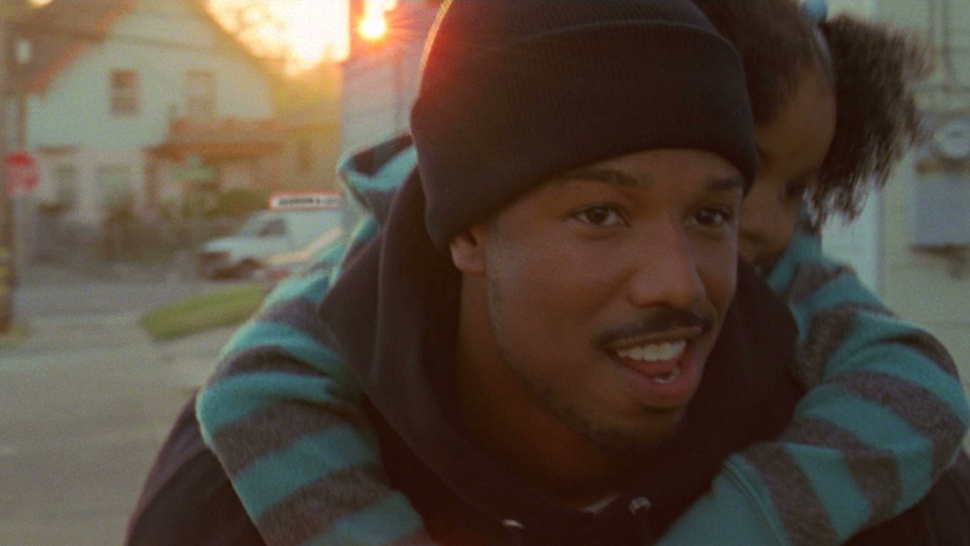
While acclaimed on the independent circuit with quite respectable box office success for an indie, those who watched this no-frills, slice-of-life biographical drama then couldn’t possibly have imagined that just one film later Coogler would be working with one of Hollywood’s most iconic actors and franchises in Rocky sequel Creed for a blockbuster. Then they couldn’t have imagined its follow-up would be one of the most successful movies of all time globally in 2018’s Black Panther.
That’s the epitome of a meteoric rise for a filmmaker whose first feature had a paltry $800,000 budget. But Coogler’s painstaking and passionate dedication to realism and authenticity that permeated the whole project, naturally caught the eye of big players in the industry.
Fruitvale Station is not outwardly politically charged like say, the films of Spike Lee or Ken Loach. Coogler also doesn’t try to make a perfect Saint out of Grant, as his past brush with the law, not entirely avoiding others trying to push old and petty gang rivalries with him, and struggles with being a family man are shown in full detail. But so is his love for and from his family and girlfriend, and getting out of his way to help others. In other words, he’s made thoroughly human rather than headline.
But when looking past the surface, Coogler’s follow-ups are very much extensions of the same basic theme laid out in this film about the struggles of young lower-class people. It’s just that the first would revolve around an ordinary man in a true story, the second an extraordinary one in a sensational story, then the third a completely fictional one (though tellingly, Coogler’s perpetual star actor so far Michael B. Jordan would play the genuinely aggrieved villain in it) in an incredible story. And seeing how incredibly big Coogler’s already gotten since then, don’t expect such a modestly candid and economical film from him anytime soon if ever again, making Fruitvale Station a fascinating relic from only several years ago.
4. Salaam Bombay (1988, Mira Nair)
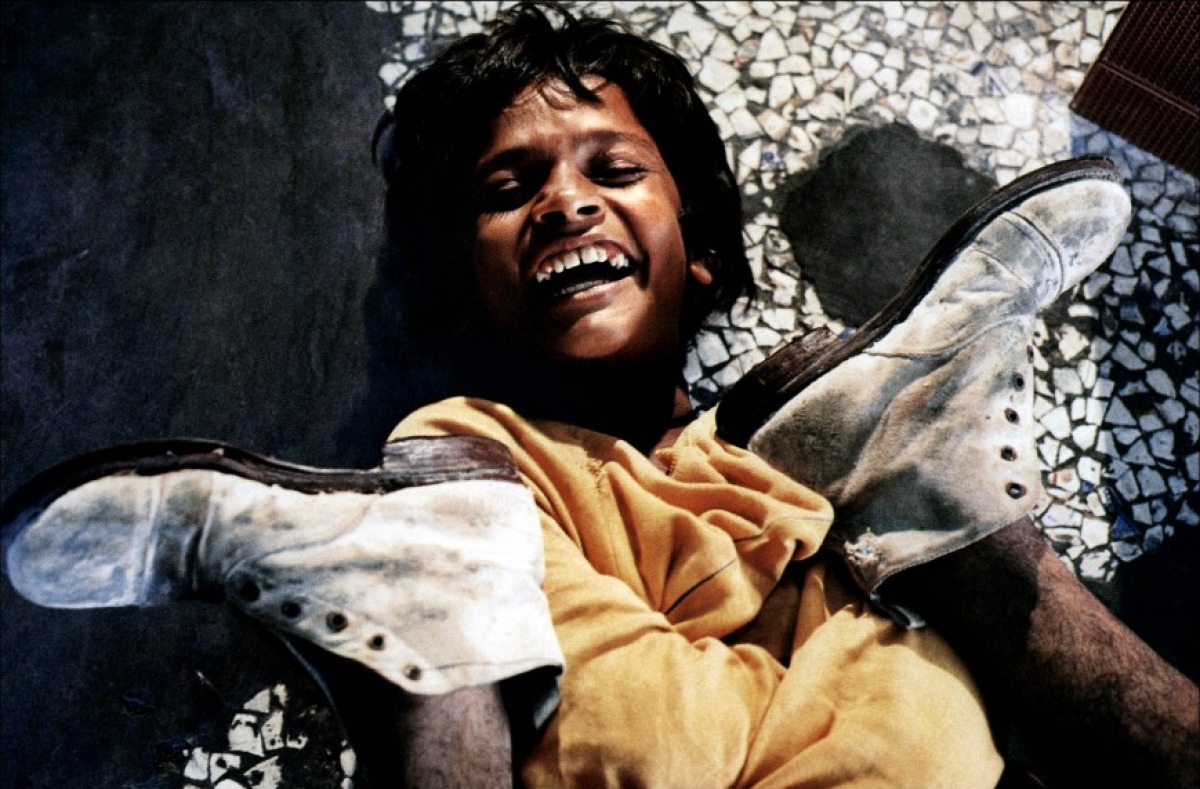
Mira Nair has concentrated most of her career on exploring world issues and “exotic” cultures and societies — particularly those of India — through a prism of globalization in ways that also make them fully accessible to Westerners, as she herself is a product of both worlds. Beyond that, a general lavishly colorful atmosphere permeates most of her films (even the smaller-budget ones), whether international dramas like Monsoon Wedding or her most recent big-budget Disney production The Queen of Katwe. Most also have a jubilant and optimistic mood, if not from the beginning than at least by the end.
But while having similar themes, her debut Salaam Bombay was starkly different in mood. Chronicling a street child who works as a tea boy and his encounters and relationships with other street children, a petty drug dealer and forced migrant teen prostitute he befriends, the dealer’s cold, callous boss (Nana Patekar, who has an illustrious history of playing gangsters in Hindi films that continues to this day), his highly disgruntled prostitute wife, and their little girl raised by a drug-peddler and a sex-peddler. Sometimes bordering on a docudrama, the film used and trained real street children for most of the roles.
So Salaam Bombay is definitely not the crowd-pleaser that the more famous film to follow its footsteps exactly 20 years later, Slumdog Millionaire was (nor does it try to be). But in the end, Salaam is actually more candid, authentic and heartfelt. Grim and gritty without the gloss, it delivers a realist and tangible depiction of the effects of poverty, inequality, prostitution, crime and drugs on children in particular. While distinctly parallel cinema (“arthouse” as the West calls it), the constant cultural omnipresence of Bollywood (whether from the characters’ singing and leisure or the protagonist’s unattainable infatuation with Sridevi) is almost the sole humorous and lightening factor in the film’s mood.
Best of all, even more so than Slumdog, Salaam didn’t just walk the walk, but talked the talk in the most commendable manner: it spawned a connected foundation specifically for the purpose of helping the street kids that the movie stars and is about (beyond the acting lessons and pay those in it already received from the film), which still operates to this day.
3. Red Road (2006, Andrea Arnold)
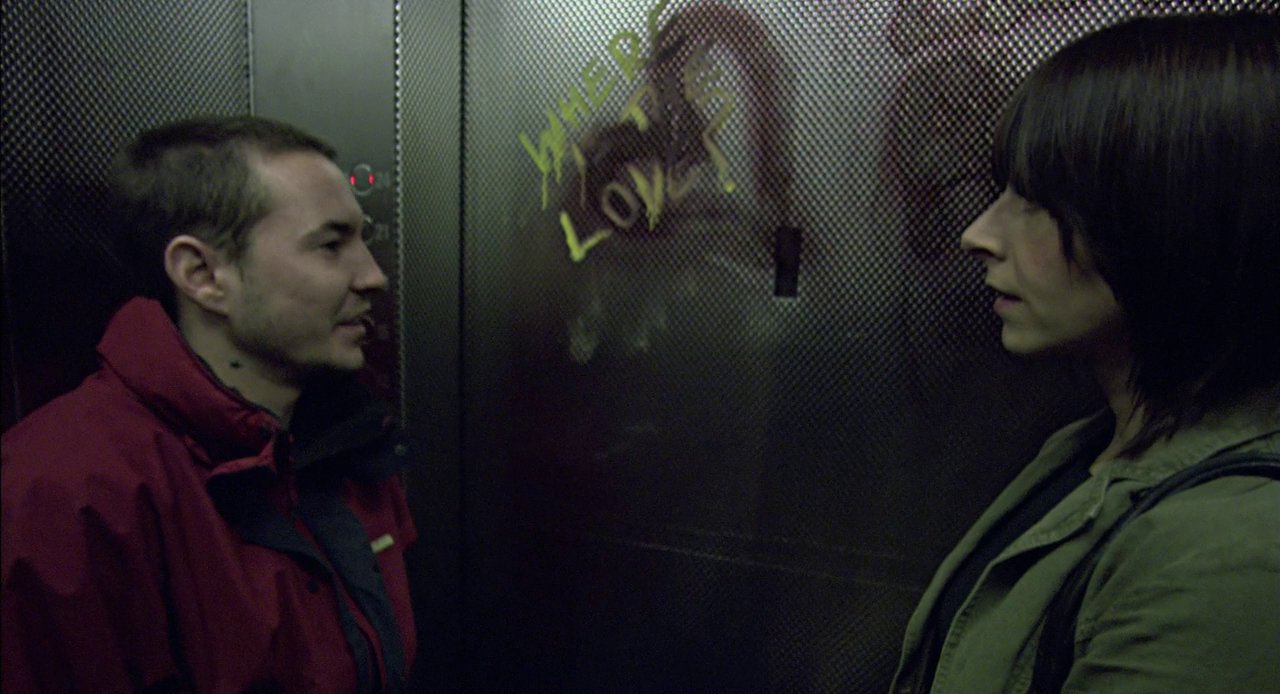
Andrea Arnold, one of Britain’s most prized independent filmmakers best known for American Honey and Fish Tank, always focused on emotionally scarred people trying to find peace with themselves in usually unorthodox, unpredictable and extreme ways. Her debut started that theme in a big way, presenting the most nuanced and elaborate inner conflict of all.
Jackie (Kate Dickie) sludges through her dull nights as a Glasgow City Eye CCTV watchwoman by getting mild amusement from those secretly being watched breaking into dance or playing with their dogs. That’s until she’s totally shocked at the sighting of a figure from her past (Tony Curran). It’s not clear why his appearance brings such a jolt, but whatever the reason it pushes her into an obsession with tracking his every move via surveillance, even finding information about the places he frequents, and following — perhaps even stalking — him and the people he hangs out with to the point it interferes with her regular work and life.
Irish cinematographer Robbie Ryan’s camera tends to be just as watchful and intrusive towards its characters as those Jackie operates, shooting close up to expose key telling body language like clinched fists when a shortcoming is brought to light and fixed peeking pupils. The film steadily builds restrained but palpable tension and curiosity for exactly how much danger Jackie might be placing herself in by intruding into the lives of shady characters in every way, what could be driving such a seemingly focused and no-nonsense woman to such extremes and apparent neuroticism, and just how shady she may even be herself in using her position in that manner. It raises very difficult questions about gray areas in retribution, rehabilitation and forgiveness without just doing so rhetorically or ambiguously as many art films opt to do, making for rare cinema that’s quite straightforward yet also very challenging.
2. The Quiet Family (1998, Kim Jee-woon)
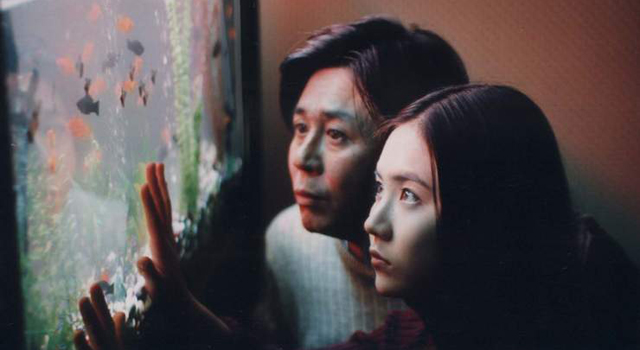
Kim Jee-woon would become best known internationally in the 2010s for the ultra-violent I Saw the Devil and his Hollywood project The Last Stand with Arnold Schwarzenegger. But the director’s earlier output from the first decade of his career was not only superior overall to everything he put out since, but groundbreaking work that was an instrumental part of the early 2000s international Korean Wave. And his confident, skilled, subversive black comedy/horror debut The Quiet Family even beyond its cinematic merits was an astoundingly clairvoyant look into the future of modern Korean cinema that it also played an invaluable role in moulding.
The Quiet Family runs an isolated mountain inn for hikers, but increasingly gets into the habit of making their guests “disappear” in various ways and for various reasons (all linked to the fear of ruining the hotel’s reputation/attracting the law), making the family’s “quietness” more about pragmatism than personality. Much of the family is quite familiar by now to audiences domestic and international alike, more so than anyone could’ve imagined in 1998: it’s the first major role and film for Oldboy star Choi Min-sik, and for a young Song Kang-ho more than 20 years before Parasite.
And Song isn’t the only notable connection and similarity Parasite had with this film (not to say they aren’t quite different overall): both share that most remarkable quality of how their lead families completely win the audience over with their charms despite doing very morally questionable things and being general wastrels and buffoons (but this family even more so than Parasite’s).
Maybe it’s just that the family’s lived in an isolated area too long: Song’s antics are already as zany as ever here as the brother (including his multiple attempts to clandestinely satisfy his “curiosity” towards couples spending nights there); the elder daughter is a confused ingenue that desperately tries to entice men only to desperately try to reject and ward them off right after enticing them; and there are already hints of “The Devil” within Choi’s highly awkward, slightly unstable uncle.
Even if a little rough around the edges compared to Kim’s later work, it’s lovably quirky to the end, right down to the surprisingly fitting soundtrack of American songs that seem almost randomly selected (unless “Tres Delinquentes” really was a big hit in South Korea) back when it was safe to do such as barely anybody westward was watching anyway. Though Western critics in general weren’t quite done utterly neglecting Korean cinema when this came out, international audiences still ironically (but unknowingly) noticed this film more a few of years later — because the more famous Japanese director Takashi Miike would remake and twist it up as The Happiness of the Katakuris.
1. Le Beau Serge (1958, Claude Chabrol)
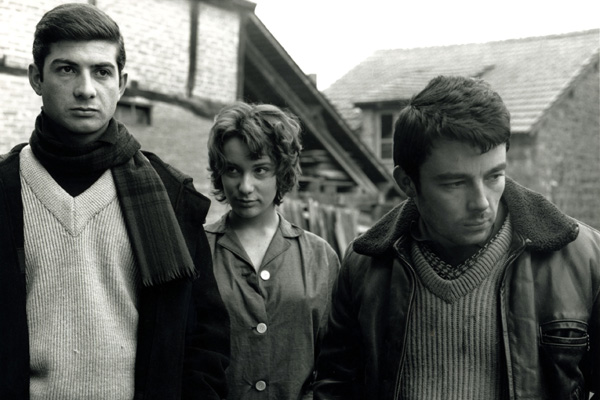
In terms of international reputation, Claude Chabrol had always been the odd one out in the “holy trinity” of French New Wave directors: he was never quite as popular or well regarded (or sometimes not known at all) among international film fans as Jean-Luc Godard and Francois Truffaut were. Their debut films follow that exact same trajectory. 1959’s Breathless and 1960’s The 400 Blows both always held legendary status not only as the game-changing films launching the movement, but as two of the greatest debuts in cinema history altogether (though in Godard’s case it was really just his first released film), while Chabrol’s debut Le Beau Serge is comparatively very obscure. But in actuality, the latter feature was the very first from the New Wave, so arguably just as pioneering in its own way.
Le Beau Serge tells the outwardly simple story of a man (Jean-Claude Brialy) coming back to his hometown to find that “the village hasn’t changed, but the people have.” He sees that his old best mate “Handsome” Serge (Gerald Brain) has degenerated into a drunken loafer in a loveless (but spiteful) marriage with a woman he used to like himself; and that “the village cute girl” (Bernadette Lafont, more ravishing than ever) has grown into a capricious siren who beguiles both men. He increasingly finds that both of them along with the rest of the village border on hopeless in different ways, but also feels obligations towards both of them (even as they begin to conflict and entangle) to the point he risks letting his own life slip into a similar dead end.
Like all of the finest New Wave films, Serge is driven primarily by its characters, dialogue and social and psychological tensions (seen best in an especially poignant scene where a drunken Serge is forlornly treading through the empty road facing the reality of his wasted life). It’s not nearly as whimsical or flamboyant of a portrait of smalltown/village ennui as Fredrico Fellini’s somewhat more famous 1953 I Vitelloni, but Le Beau Serge has even higher impact with its more focused and subtly nuanced multi-character study.
Furthermore, the people involved here both reflected and were in the process of establishing the pillars of the New Wave. Brialy and Lafont would become the movement’s overall most prolific and versatile actor and actress respectively, and the great, equally unorthodox cinematographer Henri Decaë (who’d shoot several more of its seminal films including The 400 Blows and Le Samouraï) helps give a small village as much of a story to tell and personality as most any movie about Paris or New York. And as Chabrol wrote, produced and directed here, he was instrumental in setting that entire template.
Though Chabrol’s films by all means continued to be interesting far more often than not, it’s a pity that he would almost completely change thematic and artistic course from this debut, largely concentrating on class-conscious, bourgeoisie-critiquing thrillers from there. But Serge proved Chabrol to be just as sharp and observant about a very different segment of society here — just less passionate, which probably made them less personally interesting for him to make. The only significant downside is the somewhat compromised vaguely hopeful ending that also seems uncharacteristic of Chabrol for those used to his later work. Otherwise, Le Beau Serge isn’t even so much a forgotten classic as a forgotten milestone.